ARTICLE AD BOX
Last Updated:July 24, 2025, 12:27 IST
A century-old Thailand–Cambodia border dispute escalated after landmine blasts near a disputed temple site injured Thai troops and triggered cross-border clashes

On the ground, Thai and Cambodian troops exchanged artillery and heavy weapons fire, triggering mass panic along the border. (Image: Reuters)
Thailand-Cambodia Border Dispute: Fighter jets, landmines, expulsions and artillery fire — tensions between Thailand and Cambodia have dangerously escalated. What began as a simmering border dispute has now drawn blood again, this time with F-16 airstrikes, diplomatic expulsions, and thousands of civilians evacuated. The crisis threatens to spiral into a broader regional conflict, even as both governments accuse each other of violating sovereignty and endangering peace.
What Is The Border Dispute Between Thailand And Cambodia?
Thailand and Cambodia share a 508-mile (817-kilometre) land border, much of which was historically mapped by French colonial authorities during their occupation of Cambodia. While the two countries have had moments of cooperation, this stretch of land, especially around temple sites like Ta Moan Thom and Ta Muen Thom, has long been a source of dispute.
For over a century, sovereignty claims over various points along the undemarcated border have triggered clashes and diplomatic rows. A particularly violent episode occurred in 2011 during a weeklong artillery exchange that killed at least a dozen people.
Most recently, tensions reignited in May 2025, when a Cambodian soldier was killed in a brief gunfight near the Emerald Triangle—the point where Cambodia, Thailand, and Laos meet. The incident fuelled nationalist sentiment on both sides and set the stage for the current escalation.
What Triggered The Latest Escalation?
The immediate trigger for the current crisis was a series of landmine explosions that severely injured Thai soldiers in disputed zones.
On July 23, a landmine blast reportedly severed a Thai soldier’s leg in Thailand’s Ubon Ratchathani province. However, Cambodia claimed the explosion took place within its Preah Vihear province, rejecting Thailand’s version as “baseless accusations."
A week earlier, a similar blast in a different contested area had injured three Thai soldiers, with one losing a foot. Thailand alleged the mines were “newly laid" Russian-made anti-personnel mines along patrol paths that were meant to be safe by prior mutual agreement. The Thai army accused Cambodia of violating the Ottawa Treaty, which bans the use and production of anti-personnel mines.
In response, the Cambodian Defence Ministry denied laying new mines and argued that Thailand had violated a 2000 agreement “regarding the use of agreed paths for patrols." Ministry spokesperson Lt. Gen. Maly Socheata said, “The landmine explosion took place on Cambodian territory."
Cambodia also pointed out that the region is littered with unexploded ordnance from past wars and decades of unrest, rejecting accusations of recent mine deployment as politically motivated.
How Did The Conflict Turn Violent?
The situation exploded into violence on July 24, when Thailand’s military deployed F-16 fighter jets and launched airstrikes on Cambodian targets near the disputed Ta Moan Thom temple.
According to army deputy spokesperson Richa Suksuwanon, “air power [was used] against military targets as planned." Thailand’s 2nd regional military command posted on Facebook that its jets had “destroyed" two Cambodian regional military support units.
On the ground, Thai and Cambodian troops exchanged artillery and heavy weapons fire, triggering mass panic along the border.
In retaliation, Cambodia’s Defence Ministry said Thai jets had dropped bombs on a road and condemned what it described as “reckless and brutal military aggression of the Kingdom of Thailand against the sovereignty and territorial integrity of Cambodia."
In a Facebook post, Cambodian Prime Minister Hun Manet said, “Thailand attacked Cambodian army positions at two temple sites in its Oddar Meanchey province, as well as in Cambodia’s Preah Vihear province and Thailand’s Ubon Ratchathani province." He added, “Cambodia has always maintained a position of peaceful resolution of problems, but in this case, we have no choice but to respond with armed force against armed aggression."
What Has Been The Human Cost?
The military escalation has had immediate and severe humanitarian consequences. Thai residents in the Surin border province were forced to flee to makeshift shelters fortified with sandbags and tyres, as explosions and gunfire echoed through the area.
“How many rounds have been fired? It’s countless," a woman told Thai Public Broadcasting Service (TPBS) from inside one such shelter.
According to Sutthirot Charoenthanasak, district chief of Kabcheing in Surin, two civilians have died, and authorities have evacuated 40,000 residents from 86 villages. Thailand’s Ministry of Public Health confirmed that two hospitals in Surin have begun evacuating patients as a precaution.
On the military side, at least two Thai soldiers were injured in the latest border clashes, while Cambodian officials claimed their troops acted in “strict self-defence" after an unprovoked incursion.
Diplomatic Fallout And Political Consequences
The violence has plunged Thailand-Cambodia relations to their lowest level in years.
Thailand recalled its ambassador from Phnom Penh and expelled Cambodia’s envoy in Bangkok. In retaliation, Cambodia downgraded relations to the “lowest level" and ordered all diplomatic staff to return home.
Additionally, Thailand closed multiple northeastern border crossings, halting travel and trade. Cambodia responded with sweeping economic measures, including bans on Thai movies and TV shows, a halt to fruit and vegetable imports, boycotts of Thailand’s internet and power supply links, and a stop to importing fuel from Thailand.
The conflict has also spilled into Thai domestic politics. Prime Minister Paetongtarn Shinawatra was suspended from office following the leak of a phone call with Cambodia’s influential former Prime Minister Hun Sen, in which she appeared to criticise Thailand’s military handling of the border issue. The suspension is tied to a court-ordered investigation into possible ethics violations.
Meanwhile, Thailand’s acting Prime Minister Phumtham Wechayachai has attempted to strike a cautious tone, saying, “We have to be careful. We will follow international law."
The leaked call has become a flashpoint for nationalist groups in Thailand, further complicating any attempt at de-escalation.
Why Is The Border So Contentious?
The Thailand-Cambodia border runs through jungle terrain, ancient temple sites, and sparsely populated regions. Among the most sensitive flashpoints are Ta Moan Thom and Ta Muen Thom, two ancient temples straddling the disputed frontier.
While various international treaties and bilateral agreements have attempted to settle the issue, ambiguities remain, especially in areas where colonial-era maps clash with modern territorial claims.
In May 2025, a gunfight near one such temple led to the death of a Cambodian soldier, underlining how symbolic and volatile these zones have become.
Cambodia has repeatedly accused Thailand of violating its sovereignty, while Thai officials maintain their troops operate within their own territory. Efforts to resolve the dispute through ASEAN have occasionally surfaced, but nationalist sentiment in both countries has often made compromise politically untenable.
Could This Turn Into A Wider Conflict?
While an all-out war appears unlikely, the situation remains extremely volatile.
The use of airstrikes, civilian evacuations, diplomatic expulsions, and heavy artillery exchanges marks a dangerous turning point in a historically sensitive dispute. Cambodia’s claim of “armed aggression" and Thailand’s insistence that “newly laid landmines" were planted in violation of treaties highlight how far apart the two governments remain.
With both militaries mobilised and no formal talks announced, the possibility of prolonged skirmishes or miscalculations triggering wider conflict cannot be ruled out.
What Comes Next?
With 40,000 civilians displaced, diplomatic ties downgraded, and cross-border trade disrupted, the economic and humanitarian toll is already being felt.
The coming days may bring calls for international mediation, possibly through ASEAN or UN backchannels, though neither government has indicated openness to talks at this stage.
For now, the heavily militarised zones around Surin, Preah Vihear, and Oddar Meanchey remain a powder keg, with both sides on high alert and no sign of de-escalation.

Karishma Jain, Chief Sub Editor at News18.com, writes and edits opinion pieces on a variety of subjects, including Indian politics and policy, culture and the arts, technology and social change. Follow her @kar...Read More
Karishma Jain, Chief Sub Editor at News18.com, writes and edits opinion pieces on a variety of subjects, including Indian politics and policy, culture and the arts, technology and social change. Follow her @kar...
Read More
- Location :
- First Published:
News explainers What Is The Thailand-Cambodia Border Dispute And Why Has It Escalated Again?
Disclaimer: Comments reflect users’ views, not News18’s. Please keep discussions respectful and constructive. Abusive, defamatory, or illegal comments will be removed. News18 may disable any comment at its discretion. By posting, you agree to our Terms of Use and Privacy Policy.



.png)
.png)
.png)
















 1 week ago
8
1 week ago
8
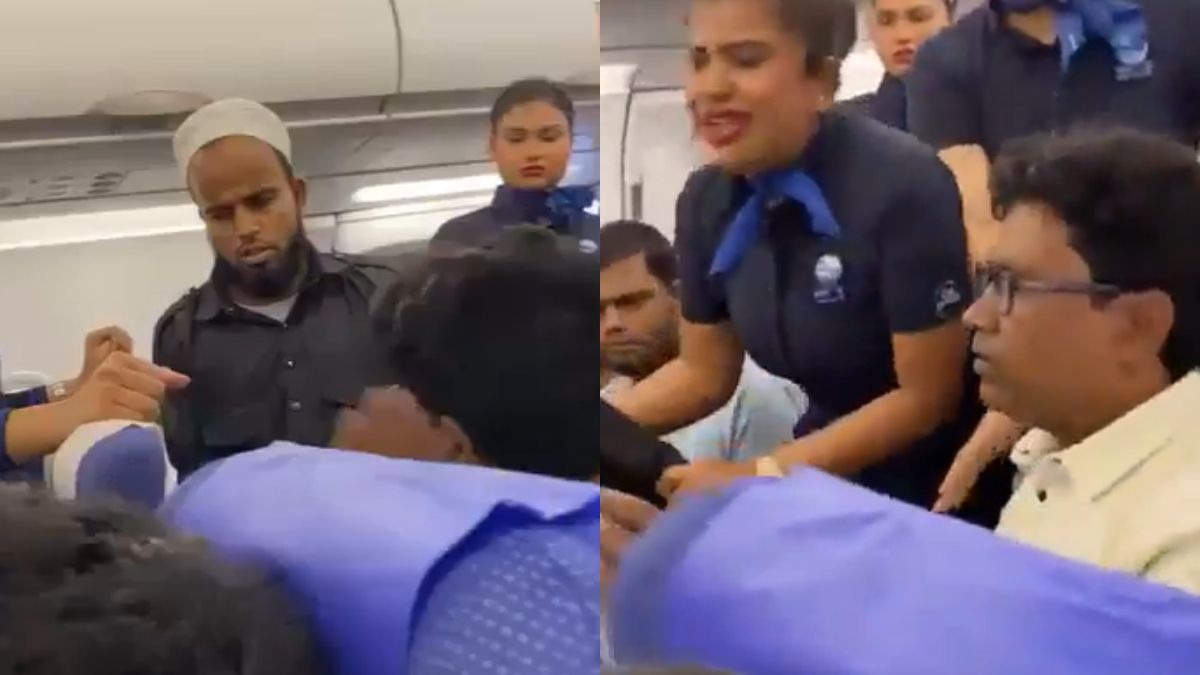
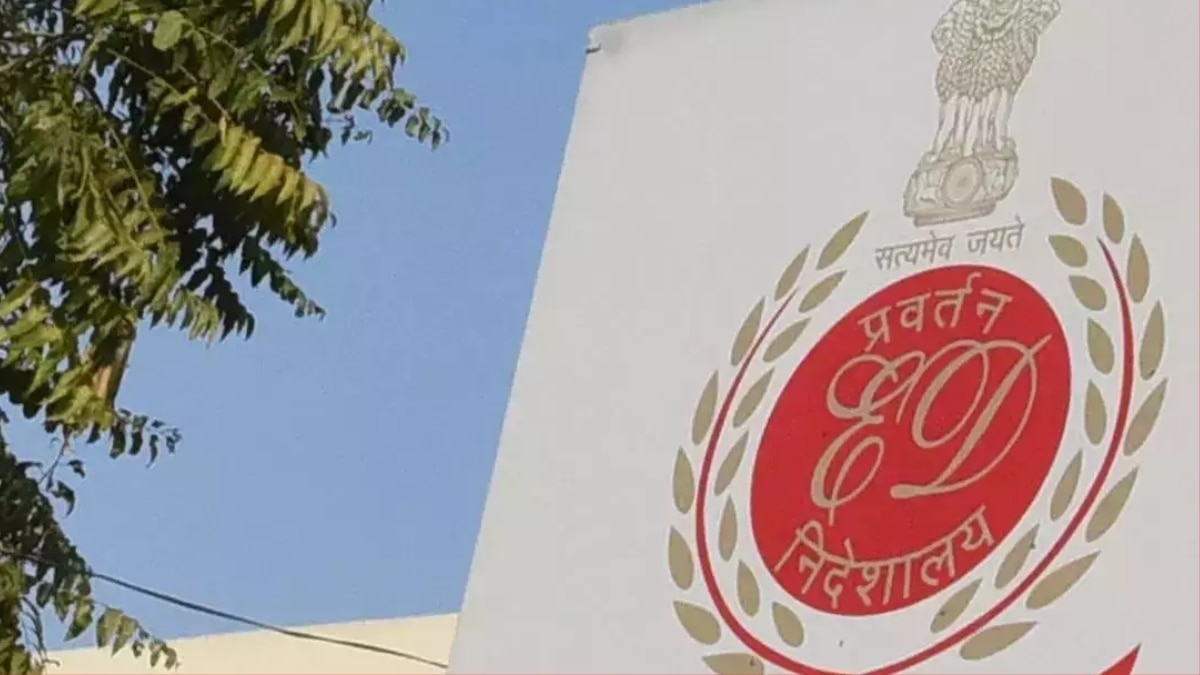
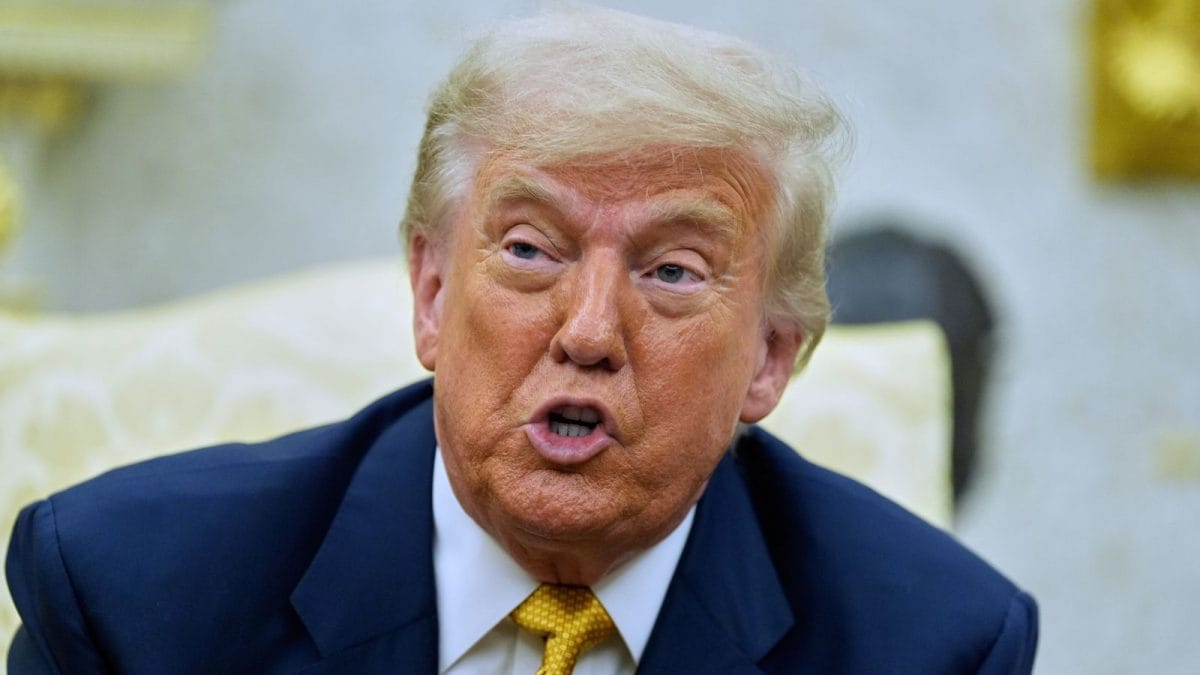


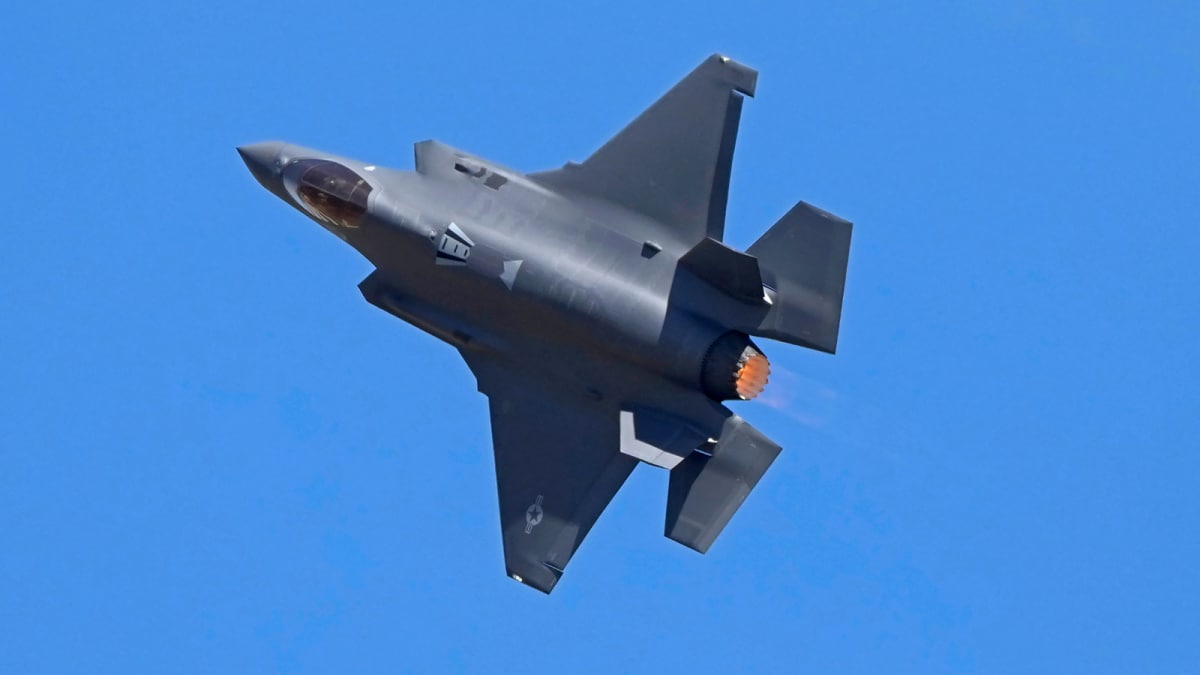
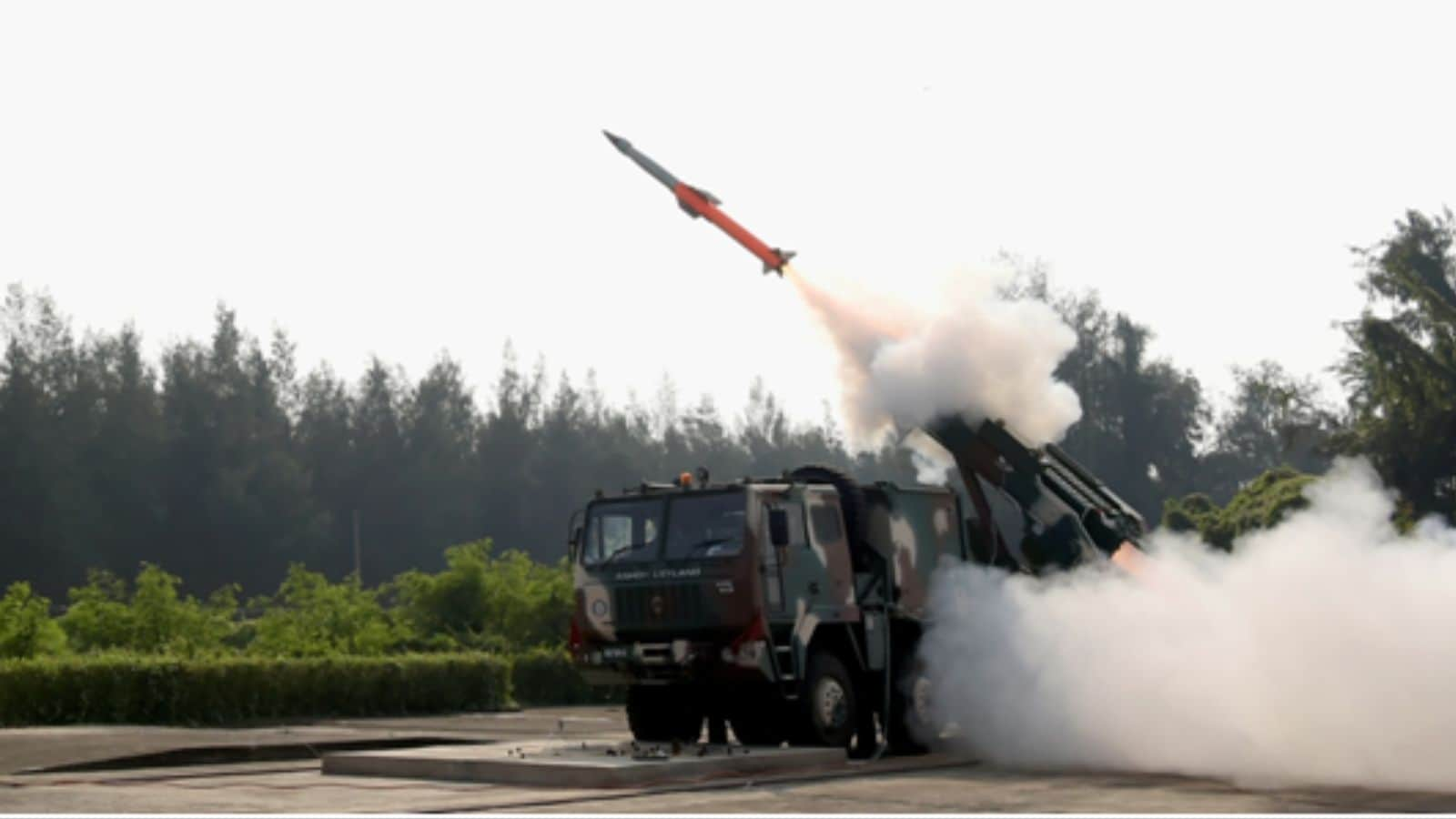


 English (US) ·
English (US) ·